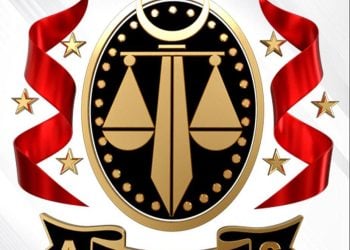By Libya Herald reporters.

Tripoli, 12 November 2015:
Wershefana and Zawia have today agreed a truce and prisoner exchange which should lead to . . .[restrict]the reopening of the Coastal Road.
The deal was mediated by elders from Rujban and Asabeh. No numbers were given for the swap of captives but it appears that the trade began almost immediately after the ceasefire was signed.
Among the seven points to the agreement is an immediate withdrawal of fighters to allow a four kilometre separation zone. There is also to be an enquiry into the 27 October downing of the Mil-18 helicopter near Maya, west of Janzour, in which top Libya Dawn commanders perished.
At the time, Libyan National Army spokesman Mohamed Hejazi said the aircraft had been shot down by its forces. However the Zintan-based LNA Tripoli operation denied being involved and the Wershefana Supreme Council deplored the helicopter’s destruction. It called for an immediate investigation, saying that the downing of the aircraft had been designed to inflame tensions between itself and Zawia.
Today both sides further agree not to kidnap any of their rivals and to end media attacks on each other.
A key clause agreed to create a joint committee to oversee security along the Coastal Road, monitor the ceasefire and to look into what had happened to the missing from both sides.
The long-standing enmity between the two communities has been deep-rooted. Two years ago a peace deal, again brokered by elders from Rujban along with their counterparts from Jadu, Rigdaleen, Yefran and Zintan came unravelled following a a series of tit-for-tat kidnappings. A similar agreement in August 2014 also broke down.
However, this latest ceasefire does seem to be following an emerging pattern of agreements in the west. Last week, Wershefana and Janzour reached an accord which led to an exchange of prisoners. [/restrict]






